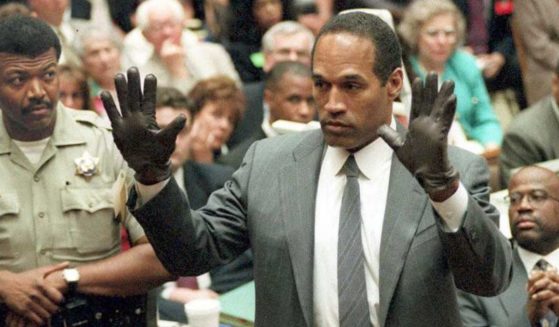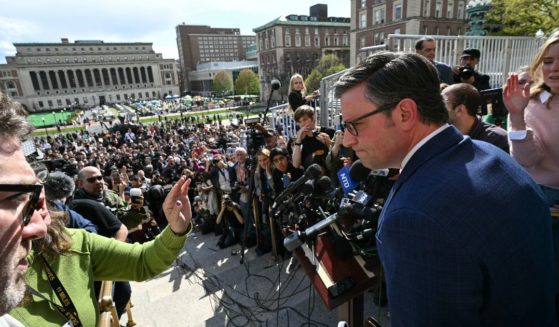NY Times Shows Its Ignorance of Christianity with Major Blunder in Notre Dame Reporting
In the wake of the catastrophic Notre Dame fire, one publication’s story of a heroic rescue effort only exposed their own ignorance of Christianity.
A piece by the New York Times detailed the rescue operation that went into the recovery of the artifacts and art, with firefighters and clergy working together before the flames consumed the priceless relics.
According to a past version of the story — as quoted by The Washington Free Beacon — The Times said that one of the pieces saved, the body of Christ, is a statue of Jesus Christ that was carried out by Father Jean-Marc Fournier just in time.
But there’s one little problem.
Father Fournier didn’t save a statue of Jesus from Notre Dame.
The “body of Christ” isn’t a sculpture, but a religious sacrament consisting of bread usually given with wine.
Many Christians believe these Eucharist elements are changed into the actual blood and body of Christ as they are consecrated.
This tradition comes from the story of the Last Supper.
In Luke 22:19, Jesus’ words are recounted: “And he took bread, gave thanks and broke it, and gave it to them, saying, ‘This is my body given for you; do this in remembrance of me.'”
The New York Times was quick to fix their article, issuing a correction at the bottom of the piece explaining their mistake.
“An earlier version of this article misidentified one of two objects recovered from Notre-Dame by the Rev. Jean-Marc Fournier. It was the Blessed Sacrament, not a statue of Jesus.”
Regardless, this is still an embarrassing element of the story to overlook.
The Times is considered reputable by many, and as such, their articles are likely handled by several people, including writers and editors.
Not a single person caught a fairly simple error the first time around — The Times only updated the story after the fact.
This could have easily been a mistake overlooked by both the writers and proofreaders — and that’s no big deal.
Everyone makes mistakes every day, it’s part of being human.
But a more convincing theory is that The Times is simply out-of-touch with modern American Christians.
As a basic tenet in many branches of Christianity, the reference shouldn’t have been esoteric enough to elude at least two different people.
And The Times hasn’t always been friendly to Christian institutions.
As recently as January of this year, a Times journalist tweeted a crusade to “expose” Christian schools after media fury targeting Vice President Mike Pence’s wife for teaching at an anti-LGBT Christian school.
Whether that hatchet job sprang from malice or a simple ignorance of the faith (possibly akin to confusing the Eucharist for a statue), The New York Times has a long way to go if they ever hope to reach Christians in America.
Truth and Accuracy
We are committed to truth and accuracy in all of our journalism. Read our editorial standards.












